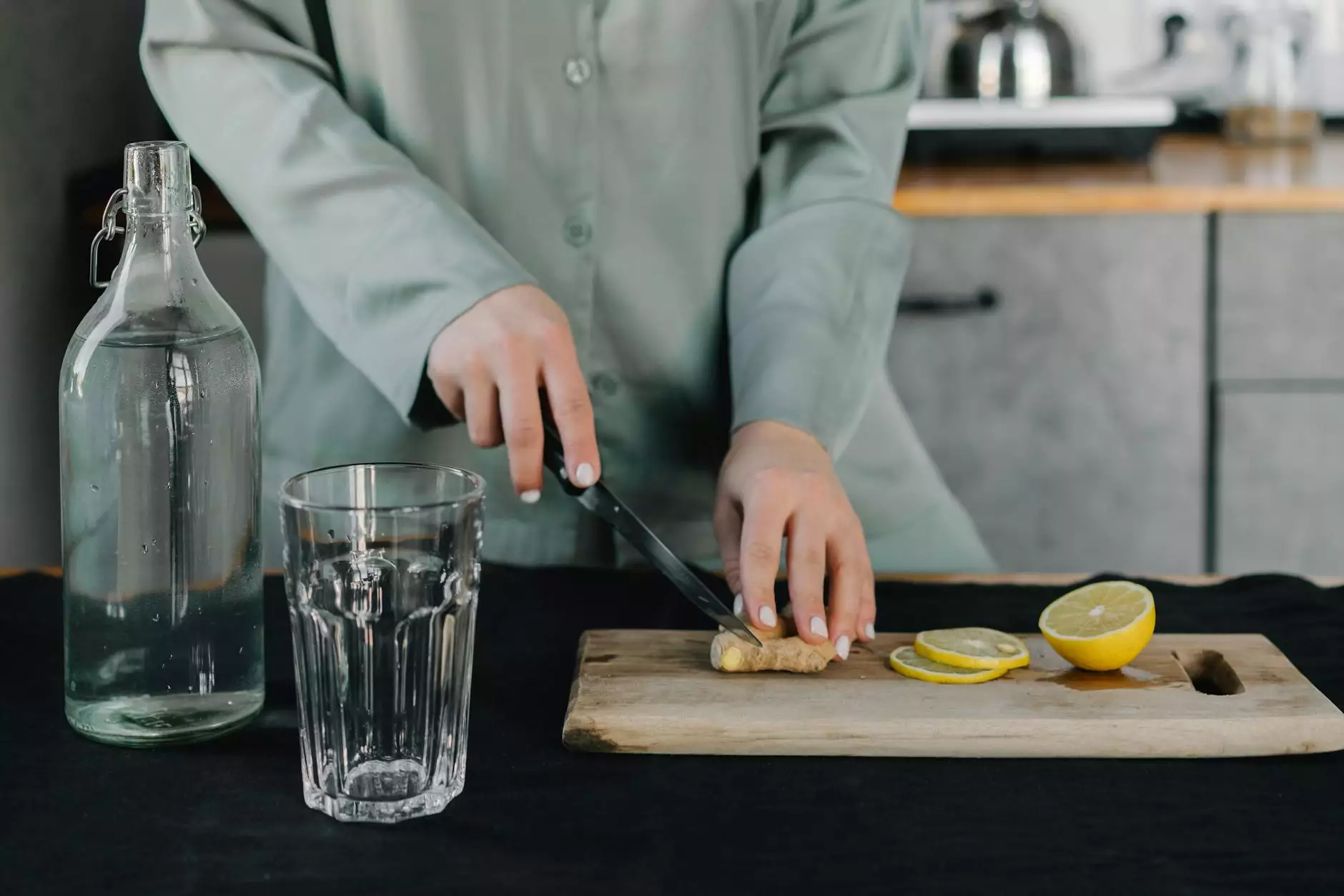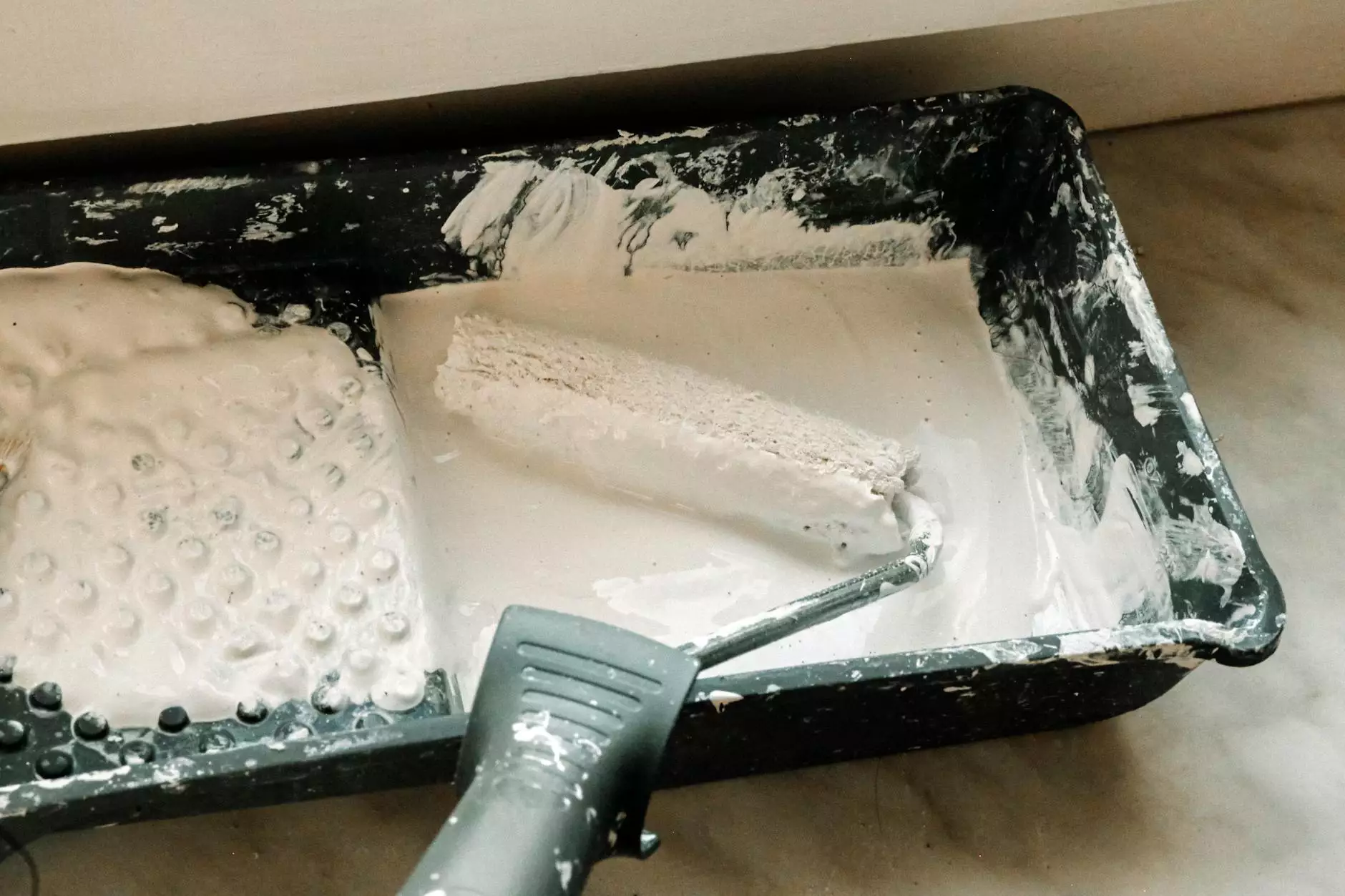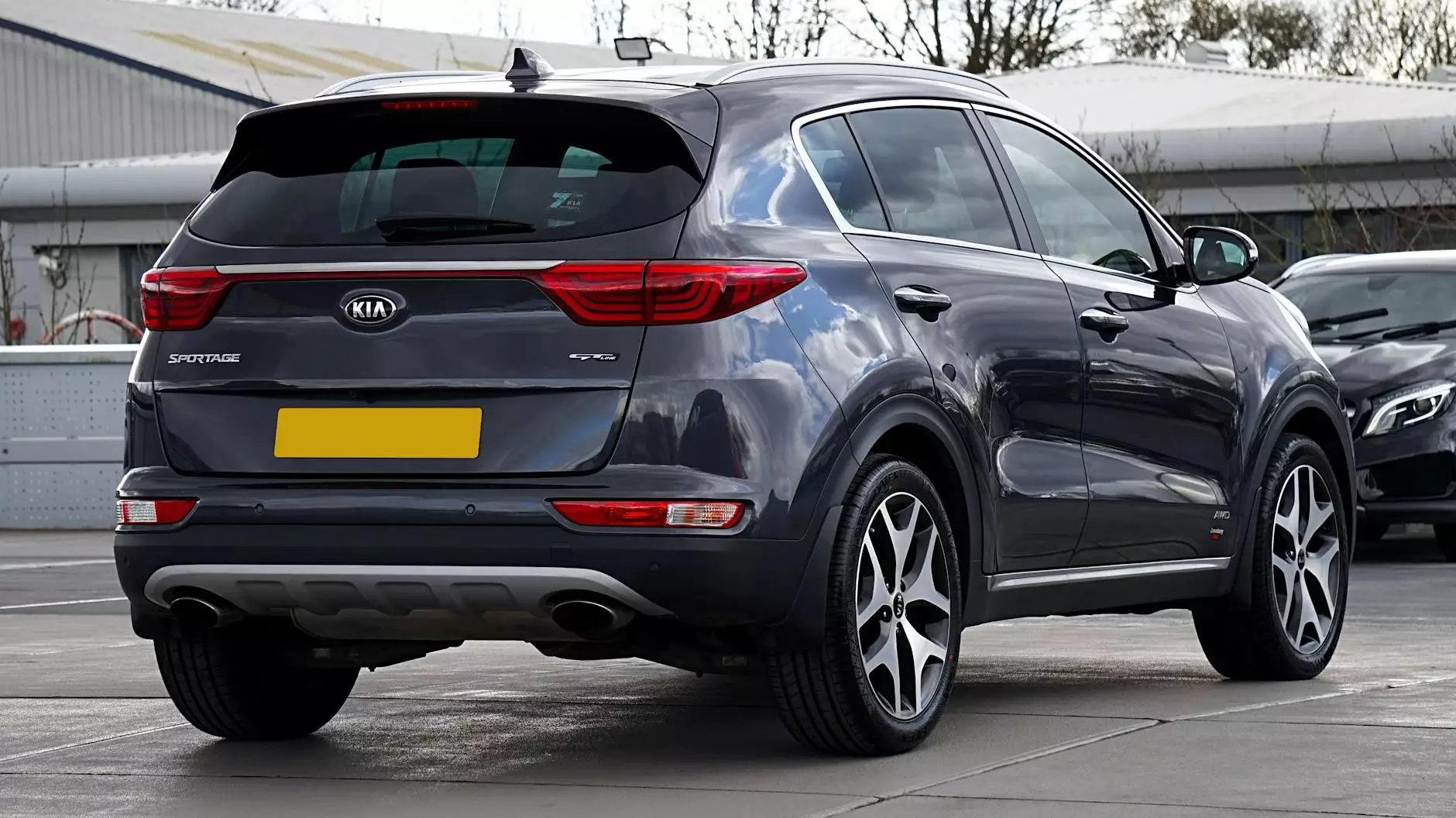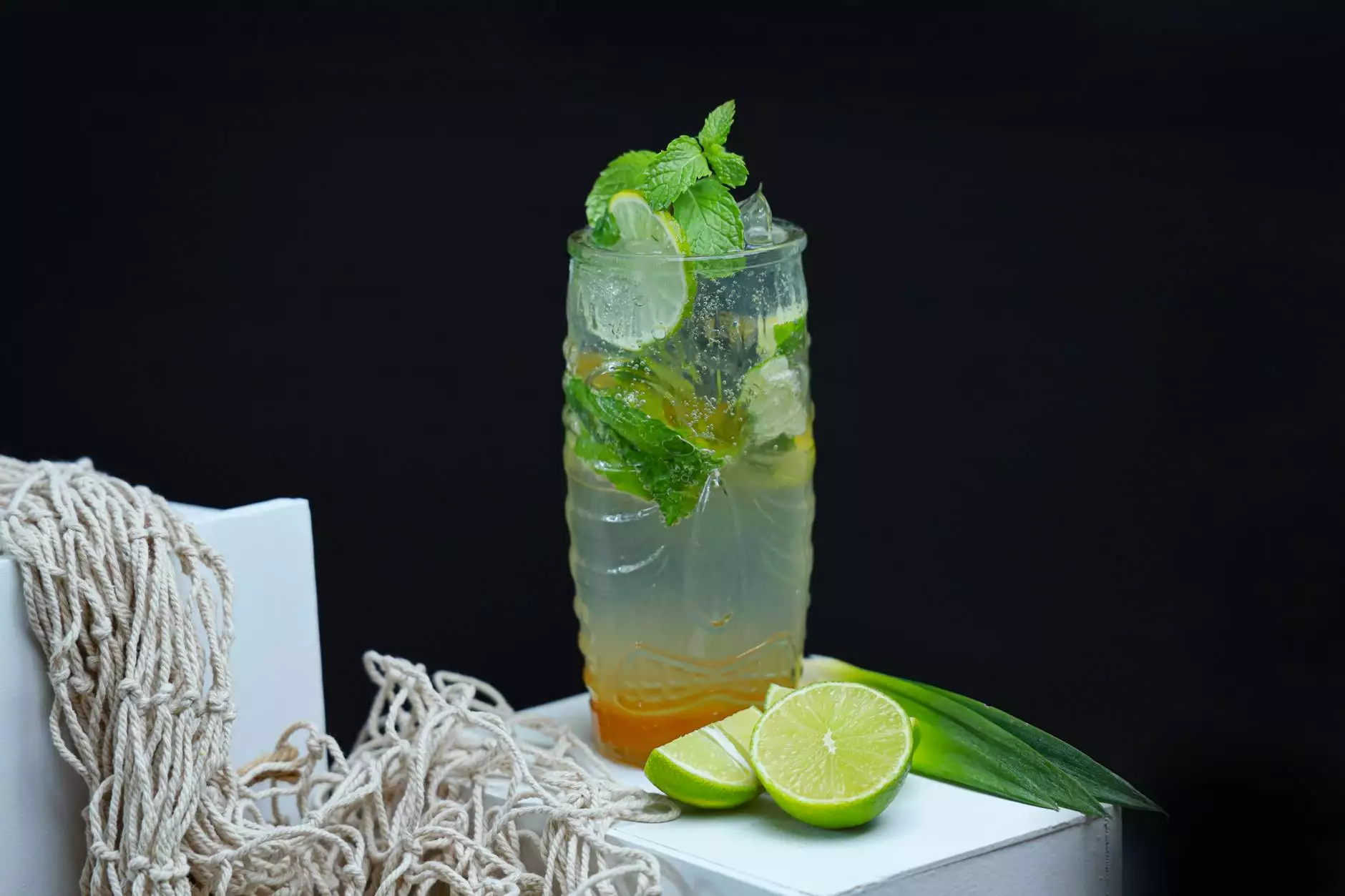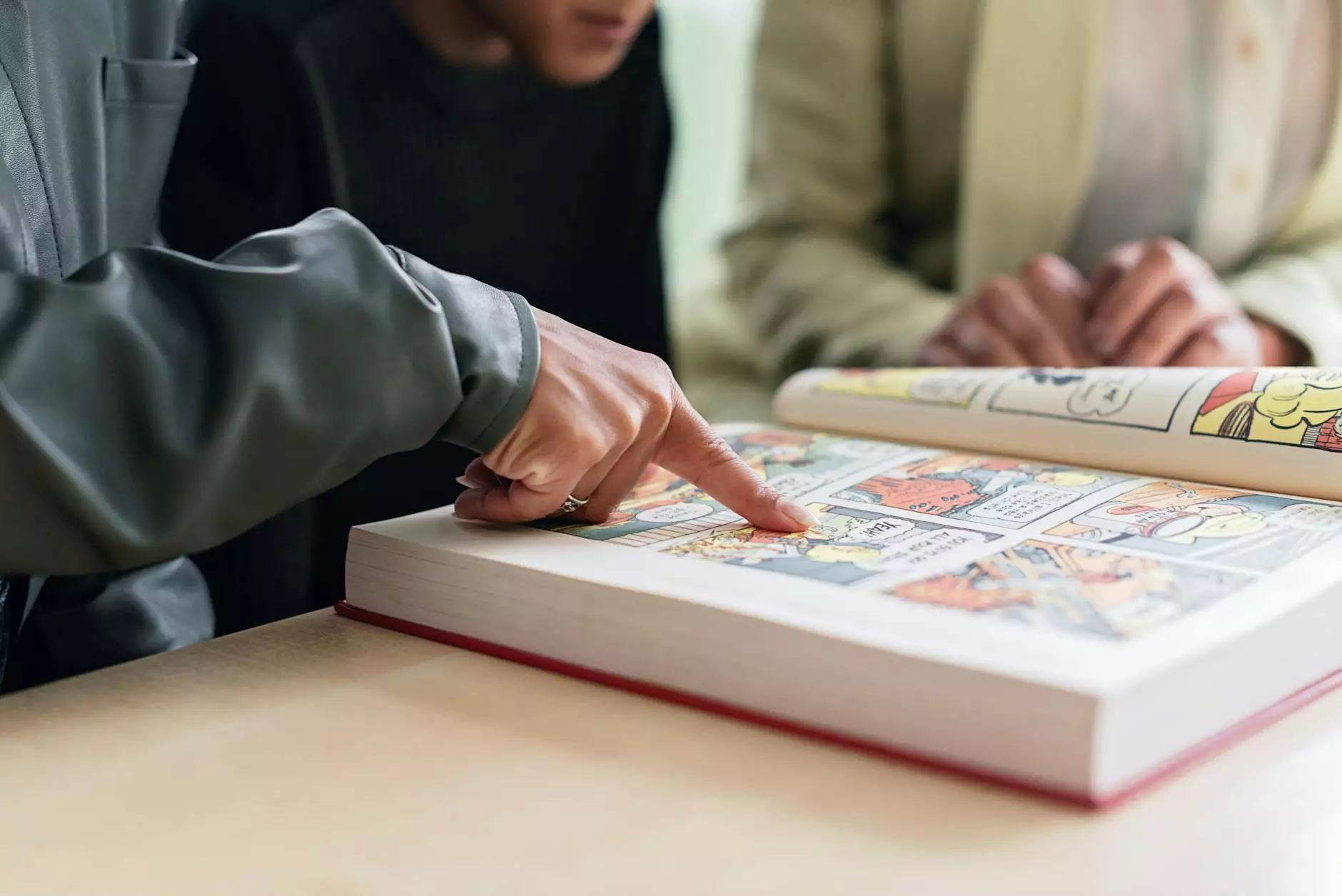Essential Tips to Prevent Blisters While Running
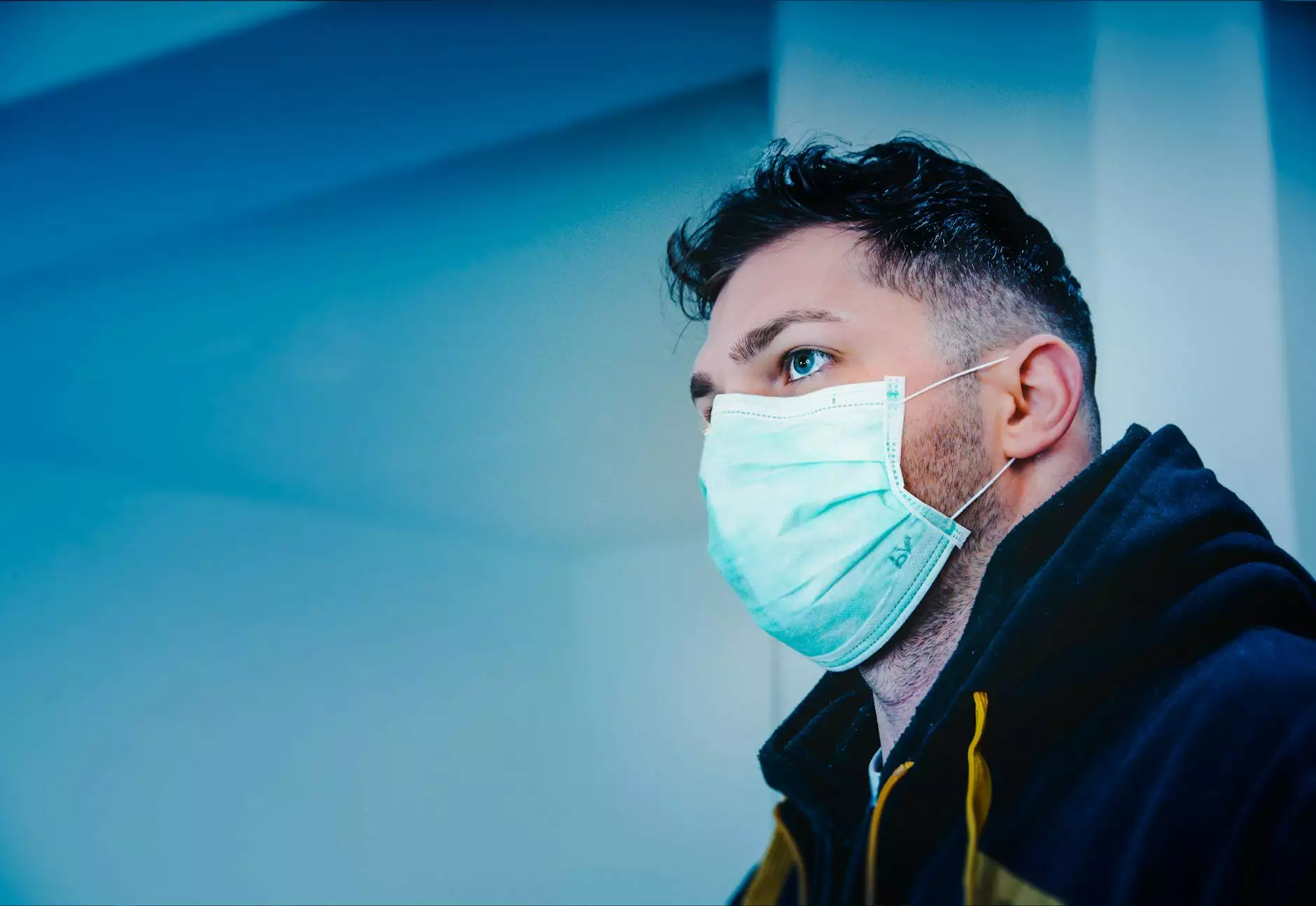
Running is one of the most exhilarating ways to stay fit and healthy. However, if you’re not careful, it can lead to many discomforts, including painful blisters. Blisters can turn a pleasurable activity into a painful chore, which is why learning how to prevent blisters while running is crucial. This comprehensive guide will explore various methods, tips, and best practices to keep your feet blister-free as you enjoy your runs.
The Anatomy of Blisters
Before we dive into preventive measures, understanding what blisters are can aid in prevention. Blisters are small pockets of fluid that form on the skin due to friction, heat, or other irritations. When running, the repetitive motion can cause skin to rub against shoes or other areas of your foot, leading to discomfort and, eventually, blisters.
Common Causes of Blisters While Running
- Friction: Continuous rubbing of the skin against an abrasive surface, such as your running shoes, can create blisters.
- Moisture: Sweat or rain can increase moisture levels, leading to softer skin that is more prone to chafing and blistering.
- Inappropriate Footwear: Wearing shoes that don’t fit properly can heighten the risk of developing blisters.
- Socks: Poor-quality or ill-fitting socks can exacerbate friction.
Preventive Measures to Avoid Blisters
1. Choose the Right Footwear
Finding shoes that fit well is one of the most effective ways to prevent blisters while running. Here are some tips:
- Get fitted at a specialty running store where experts can assess your foot type and gait.
- Ensure there’s enough room at the toe box to avoid crowding of toes.
- Consider the terrain; trail runners may need different shoes than road runners.
- Always try your running shoes on with the socks you intend to wear.
2. Select Appropriate Socks
Socks play a significant role in blister prevention. Here are the characteristics to look for:
- Opt for moisture-wicking fabrics that keep your feet dry.
- Consider socks with cushioning in blister-prone areas.
- Avoid cotton socks; they retain moisture and can increase friction.
- Choose socks that fit snugly, without being too tight.
3. Prepare Your Feet with Proper Foot Care
Foot care is essential for runners. Here are steps you can take:
- Keep your feet clean and dry to avoid any skin infections that may worsen blisters.
- Trim your toenails regularly to prevent them from hitting the front of your shoes.
- Apply a blister prevention patch or tape on common blister areas before you run.
- Check your feet regularly for any signs of irritation post-run.
4. Use Blister Prevention Products
There are several products on the market designed to help prevent blisters while running. Some of these include:
- Anti-chafe balms: These can be applied to areas where your skin typically rubs against shoes.
- Blister pads: These provide a protective barrier. Use them on existing blisters or areas that often blister.
- Foot powders: Apply to help keep your feet dry.
5. Gradually Increase Running Intensity
When starting or returning to running, do it gradually. Sudden increases in intensity or duration can lead to blisters due to excessive friction:
- Follow a training plan that gradually increases your mileage.
- Incorporate walking intervals before transitioning to longer running segments.
- Listen to your body; if you feel discomfort, take a break.
Managing Blisters if They Occur
Even with preventive measures, blisters can still occur. Here’s how to manage them effectively:
- Do not pop blisters unless absolutely necessary; they protect the underlying skin.
- If a blister breaks, clean it gently with soap and water and cover it with a sterile bandage.
- Keep the area dry and replace bandages regularly to reduce the risk of infection.
The Role of Footwear Technology and Innovation
With advancements in running shoe technology, many brands now offer innovative designs aimed at blister prevention. These innovations include:
- Flexible materials: Shoes that adapt to foot movements can reduce friction areas.
- Seamless construction: Reduces the number of potential friction points against the skin.
- Enhanced cushioning: Helps absorbs shocks and decreases the likelihood of skin irritation.
Final Thoughts on Preventing Blisters
Wanting to prevent blisters while running is a common desire among runners of all levels. By taking proactive steps, you can significantly reduce your risk of blister formation, thereby enhancing your running experience. Choosing the right footwear, using high-quality products, and maintaining a solid foot care routine are all essential practices that can help keep your feet safe while you enjoy the open road or trails.
As you prepare for your next run, remember that investing time into the right gear and practices can make all the difference. Whether you're a seasoned marathoner or just starting, these tips will help ensure that every step you take is comfortable and blister-free.
For further insights and professional advice, consider visiting The Foot Practice, where you can find a wealth of information on health, medical podiatry, and foot care tailored to your individual needs.
prevent blisters running


